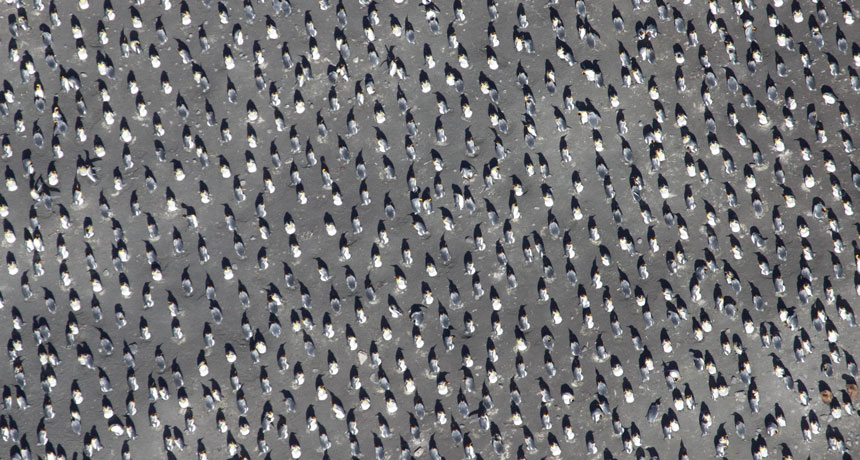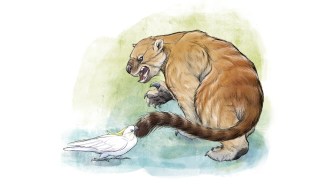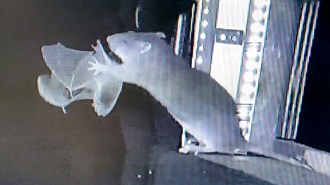In a colony, king penguins behave like molecules in a 2-D liquid
Aerial images help show how members of this species behave in a group

PERSONAL SPACE Positions of king penguins in a breeding colony resemble molecules in a 2-D liquid, a new study finds.
French Polar Institute Paul-Émile Victor







